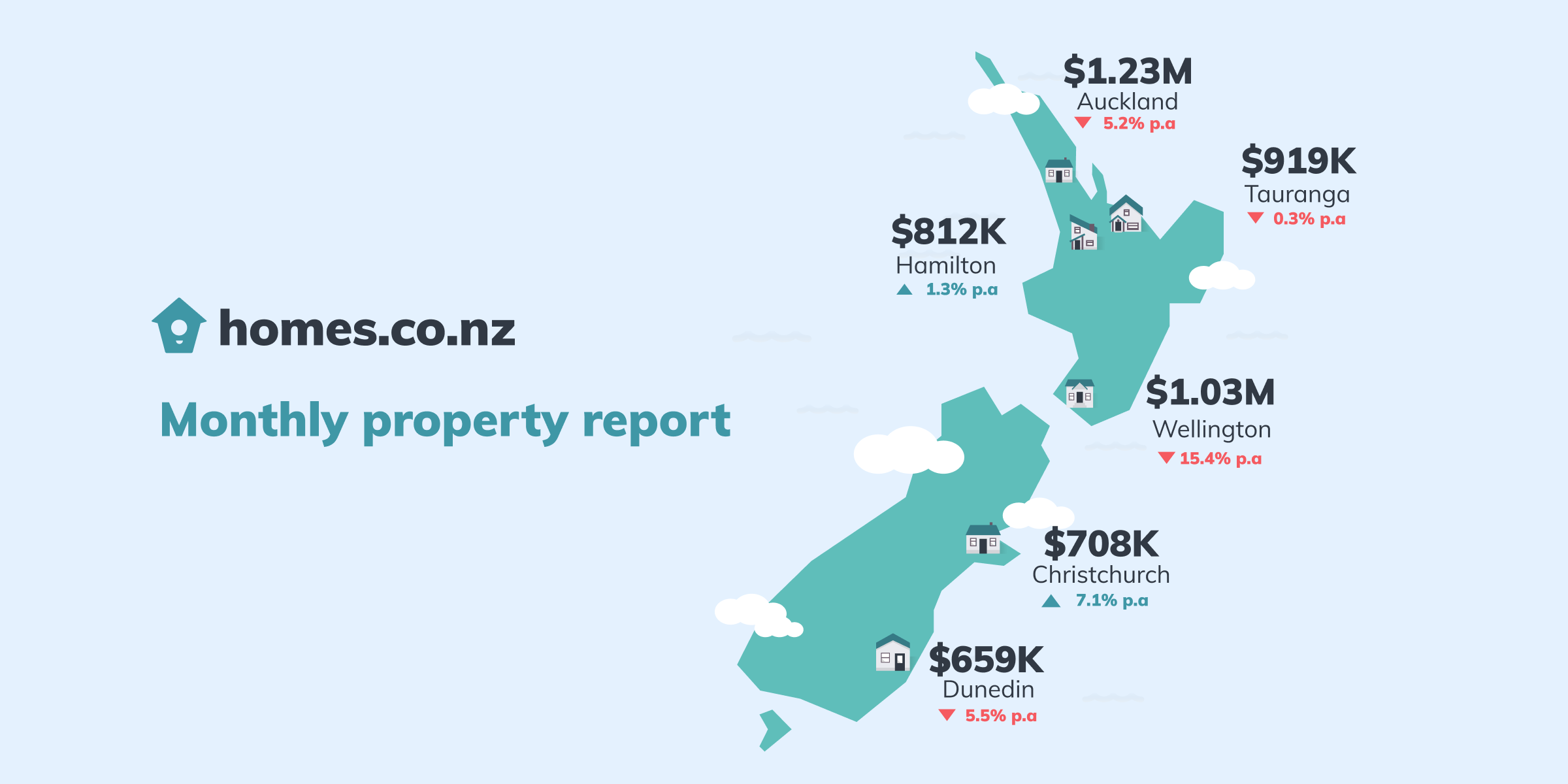It’s the Kiwi first-home buyer’s dream: find a rundown house in an up-and-coming neighbourhood, buy it at a low price, renovate it to your heart’s content and truly make it your own.
But, is the DIY dream all that it’s cracked up to be? Let’s look at some of the things you might like to consider before you sign on the dotted line.
Buying a doer-upper could be a cheap route to your dream neighbourhood
Often when a house is in a state of disrepair, as the buyer you are paying for the land value, rather than the house value. Because of this, doer-upper homes may be cheaper than a new-build or a renovated home and this could give you the opportunity to buy a house in a neighbourhood you’ve had your eye on.
By purchasing a doer-upper, you may be able to use the money saved from the sale to pay for the renovations. It’s important that you identify your priorities – this will help you work out what’s non-negotiable and what you’re willing to compromise on.
What do you know about the neighbourhood?
It’s worth doing research into the neighbourhood. Ask yourself:
- Are there good schools and amenities nearby?
- What is public transport like?
- Is the area experiencing growth?
- Are there any zoning changes or new developments planned nearby?
The real estate agent and the council may be able to help you answer some of these questions. It’s also worth taking a wander around the neighbourhood and chatting to some of the residents.
The last thing you want is to end up owning a property that not only stretches your finances but is tough to market when the time comes for you to sell.
A blank canvas to make your own
Putting your own personal stamp on a house is what makes it a home. With a doer-upper, you can customise it and pick out exactly what you want – that way, you don’t inherit somebody else’s curtains, carpet and light fixtures.
You can also decide which places in the home you want to spend more money on, such as opening up living spaces, installing a modern kitchen, or landscaping the garden.
Using your vision to update your home can potentially increase its value, especially if you focus on key areas, like the kitchen, bathrooms and outdoor area.
Some of the hidden costs to look out for
When deciding what to spend on a doer-upper, it’s wise to keep in mind that the cost of a renovation could potentially outweigh any savings made in the purchase price.
Keep an eye out for hidden costs. Look for signs that signal major problems and may require more than simple DIY handiwork to fix, such as:
- poor drainage
- uneven or crumbling foundations
- leaks
- mould
- vintage plumbing
- outdated electrical systems
Our Property Checker tool can help you identify potential problems with your property that you may not have thought about.
Using an accredited property inspector, who complies with the New Zealand Standard for Residential Property Inspection, can often help you identify where you will need to make improvements. They can tell you about the condition of the property and note all urgent or future work needed – it’s better to overestimate your costs than underestimate them.
Make sure you’re happy with the current layout of the property you wish to buy. Moving walls can be expensive and impractical – the costs of moving plumbing and electrical wiring can all add up.
Are your DIY skills up to the task?
Cutting costs by doing some of the work yourself can make purchasing a doer-upper more appealing. Be realistic though. Do you have the time and the skills to do the necessary renovations? If you don’t, consider staying away from a doer-upper home. Hiring someone to do most of the work for you may cost more than the renovations are worth in value.
The pros and cons of getting professionals in
While getting professionals in to help will cost you more, it may make the process faster. Having the work done properly, with the right consents, could be better in the long run when the time comes to sell.
Unexpected costs
It is important to have a contingency budget as part of your total renovation budget. This money is usually set aside for unexpected costs or if issues arise that you haven’t planned for.
Dealing with disruption
Consider your living situation during the renovation of a doer-upper. Will you be living in the house while it is being worked on? Or will you have to stay elsewhere?
It’s all very well as a single person camping out and moving from room to room while renovations take place in different parts of the house, but this may be more difficult for a family or people with pets.
You should also think about when your renovations will take place. Camping onsite during the summer months may be tolerable, but when winter comes around it may not be so appealing.
You might need to arrange alternate accommodation
If a doer-upper needs a complete renovation, you need to consider where you will live while the work takes place. You could find that you’re paying for short-term accommodation or a rental property on top of your mortgage repayments – as well as factoring in all the renovation costs – and this could increase your debt.
Weigh up the overall impact of a renovation
It’s also a good idea to weight up the limits of your emotional energy. Inevitable project pitfalls, delays and all the decision making can be exhausting and tough on relationships.
Is a doer-upper home for you?
Deciding if a doer-upper home is worth buying is heavily influenced by the estimated cost of renovations.
To work out whether a doer-upper home is a worthwhile purchase economically, it’s wise to subtract the renovation costs from the home’s projected market value and deduct five to 10 per cent more for possible complications and other possibilities. This will give you a clear picture of whether a doer-upper project is for you.
The key thing to remember when considering buying any property is to make sure you’ve done your due diligence first and don’t forget to consider the emotional and economic factor too.


